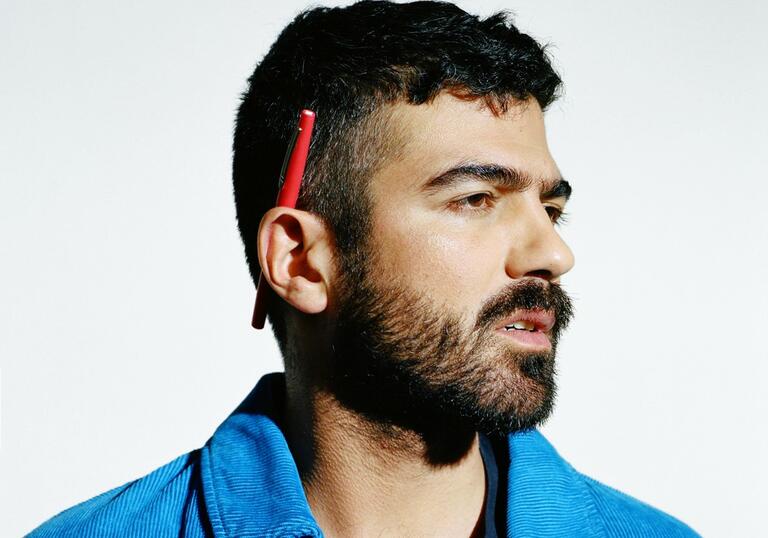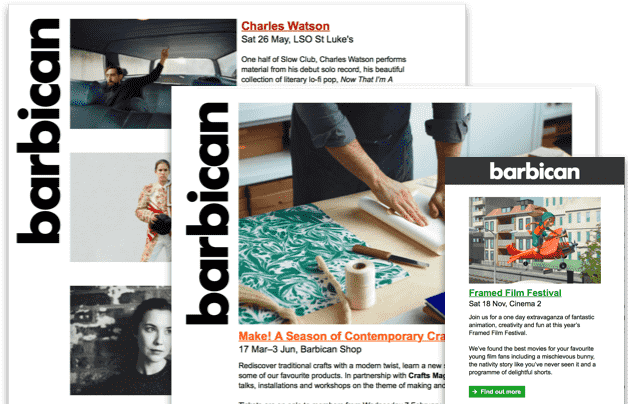For his first solo exhibition at a major UK institution, Moroccan artist Soufiane Ababritransforms The Curve into a new site-specific work. Encompassing drawing, performance, and set design, his work challenges the dominance of Western narratives in queer history.
How does Their mouths were full of bumblebees but it was me who was pollinated respond to the gallery?
The Curve’s architectural plans reminded me of the Arabic letter Zayin (ز), which is the first letter of the word ‘zamel’, an insult for gay men. I remembered the sound of this letter was repeated in the high school corridor – ‘zzzzz’ – hence the buzz of the bumblebees in the title. I wanted to point out that humiliation can generate forms of resistance and self-construction.
Tell us about the work we can see
For a long time, the masculine and virile body has been spared of social —or artistic— criticism. Recently, softening representations of masculinity is something I’ve been trying to implement in my work. I create scenes that play with the ambiguity of what’s happening, it’s a moment to question preconceptions we can have about the intimacy between two male bodies in the same space.
Talk us through your working process - how do you create your images?
For several years now I have devoted myself to drawing. I used to think that it was a medium that was marginalised in the art world because it does not have the prestige of painting or sculpture and the art market does not consider it to be of high value. Because I work on issues of marginalisation, racial minority and deconstruction of domination, I put drawing at the centre of my practice. Then I added the protocol of working while lying in bed. This is firstly to refuse the authority which emerges from the place of the ‘artist in his studio’ but also to take up the position of Arabic people, enslaved people and women represented by Western white male painters of the past. I feel like I'm putting myself in their shoes and giving them a voice.
Words by James Drury
Soufiane Ababri, Until 30 Jun, The Curve
Supported by Fluxus Art Projects

